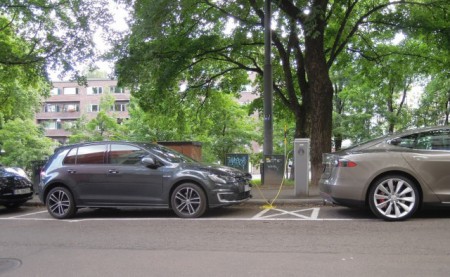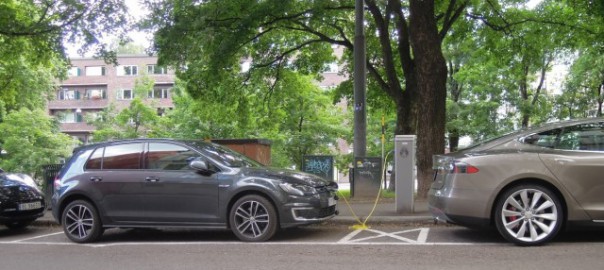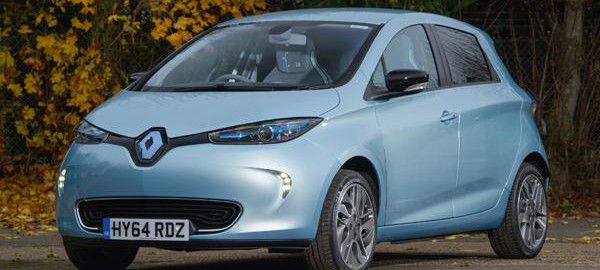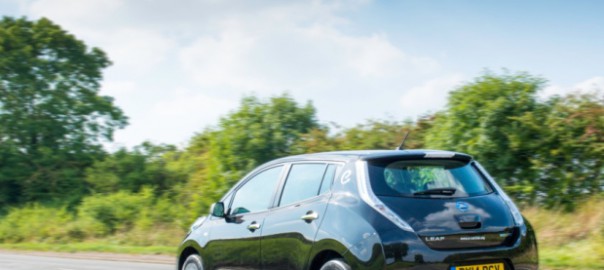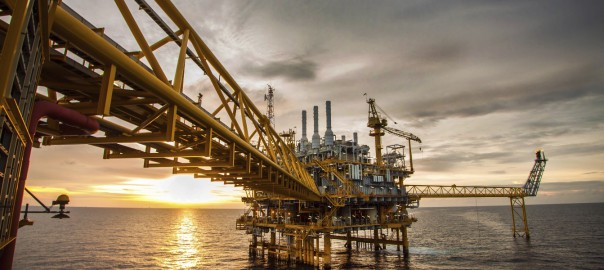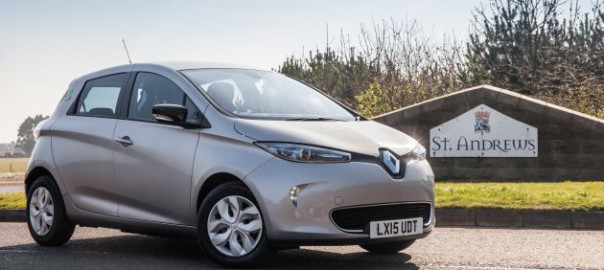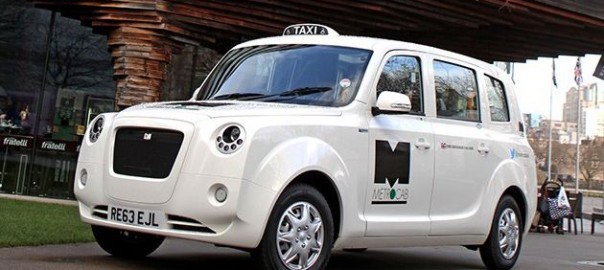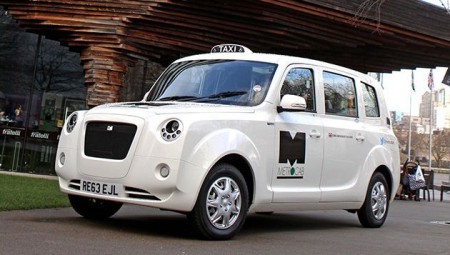- Chargemaster appointed to install home chargers for ZOE owners
- Free home charging wall-box offer remains unique in EV market
- ZOE can charge at home from 0 to 100% in three to four hours
- ZOE able to rapid charge in public from 0 to 80% in 30 minutes
- ZOE now available with a range of up to 149 miles (NEDC)
- Award-winning ZOE priced from £13,445 (inc PiCG)
Renault ZOE owners can now charge their all-electric superminis at home with a free domestic wall-box from electric infrastructure market leaders Chargemaster. Renault is unique in the electric vehicle market by offering a completely free home charging solution.
Customers buying a new Renault ZOE will receive a 7kW (30A) wall-box charger fully installed at their home for free by Chargemaster which allows a full charge, from zero to 100 per cent full, in three to four hours. This provides sufficient range for a ZOE to travel up to 149 miles on the official NEDC cycle – comfortably more than most electric vehicle owners’ daily mileage.

The wall-box is built in Britain by Chargemaster and is weatherproof so can be installed indoors or outside, with a choice of tethered or socketed cables that can be neatly coiled when not in use. The charger is protected by key controlled access and is covered by a four-year warranty – matching the vehicle manufacturer cover.
Once installed, owners are eligible to apply for a POLAR Network Card which grants access to UK’s largest public charging infrastructure with over 3,000 charging points. The wall-box offer is available to retail customers who have access to off-street parking and an electricity supply.
Ben Fletcher, Electric Vehicle Product Manager, Renault UK commented:
“We’re delighted to be continuing our unique wall-box included offer, which allows us to ensure ZOE customers have the simplest and most convenient electric vehicle ownership experience. Chargemaster offer market leading technology and is dedicated to delivering great customer service so they’re the perfect partner to help us deliver the offer.”
Chargemaster is the UK’s leading provider of electric vehicle charging infrastructure, benefitting from over 25 years of experience working within the telematics and automotive industry. Commenting on the partnership, David Martell, Chargemaster CEO, said:
“We are delighted to be Renault’s official charging partner in the UK. As government figures show, plug-in car sales are increasing as more and more motorists choose to reduce their emissions and their running costs.”
The ZOE is an all-electric, five-door family hatchback available in three trim levels that comes with a very high level of standard specification, despite its competitive price-tag. Standard specification includes items such as climate control and sat-nav.
ZOE is available with a number of features that make for seamless electric vehicle ownership including remote monitoring of the battery and pre-heating the cabin via your smartphone. ZOE’s patented Chameleon charger is able to always make the best use of any charging source ensuring that, unlike some competitors, charging times are always kept to a minimum.
Depending on version, ZOE is able to charge from empty to 80 per cent full in just 30 minutes using a rapid charger and has a range of up to 149 miles (New EDC). Renault’s research shows that this equates to a real-world range of between 71 and 106 miles depending on driving style, the use of electrical features like air conditioning, the season and where the car is being driven.
Awarded the titles of What Car? 2015 ‘Best Electric Car for less than £20,000’ and ‘Best Electric Vehicle’ in the Auto Express Driver Power 2015 survey, the Renault ZOE is an affordable route to zero emissions (in use) motoring. ZOE can be purchased in two ways – from £13,445 with a battery lease from £45 per month (including the Government Plug-in Car Grant) or outright as a ZOE i version, from £18,445, with no monthly leasing charge.
In addition to the ZOE supermini, the Renault Z.E. range includes the Twizy urban runaround, an innovative open-sided two-seater vehicle, and the Kangoo Van Z.E. which is perfectly suited to many commercial applications with its choice of four bodystyles, 106 mile range (NEDC) and, like all EVs, its zero emissions and silent operation in use mean that it is perfect for environmentally-friendly and serene motoring.
Sales of Renault electric vehicles in the UK were up by 145.9 per cent, to 949 vehicles, in the first six months of 2015 compared to the same period last year. Renault car sales were up 14.9 per cent on the first half of 2014 to 36,840 vehicles – significantly outpacing the UK car market growth of seven per cent.
Source: Renault Press
